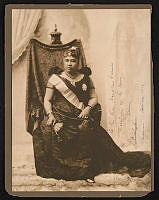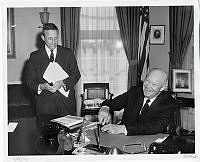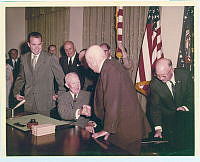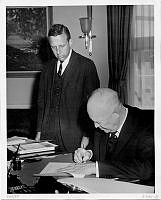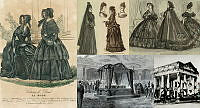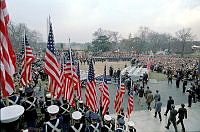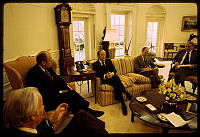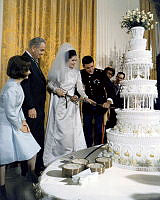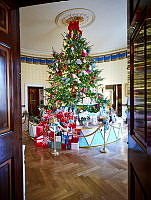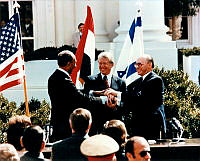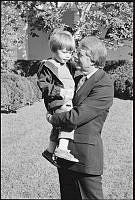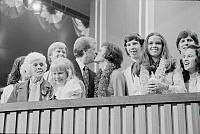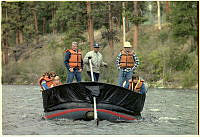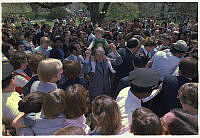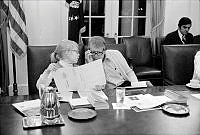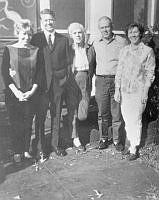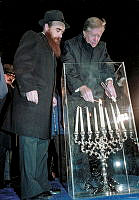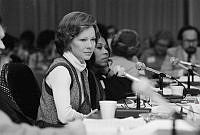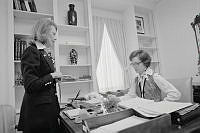White House Decorative Arts in the 1870s
Copyright © White House Historical Association. All rights reserved under international copyright conventions. No part of this article may be reproduced or utilized in any form or by any means, electronic or mechanical, including photocopying, recording, or by any information storage and retrieval system, without permission in writing from the publisher. Requests for reprint permissions should be addressed to books@whha.org
War-hero Ulysses S. Grant, elected after a bitter war and the emotional impeachment of Andrew Johnson, spent two terms in the Executive Mansion. First Lady Julia Grant, with an initial $25,000 appropriation, concentrated on refurnishing the family quarters and executive offices at the east end of the second floor. The Grants purchased Renaissance Revival style furniture with heavy crests, rounded pediments and angular scrolls. For the second term Congress appropriated $100,000 for a major renovation project. In 1873-1874, the Grants supervised a major redecoration of the White House in preparation for their daughter Nellie’s wedding to Englishman Algernon Sartoris. This makeover, epitomized by the Grant’s East Room with its grand gas globe chandeliers, became one of the premier interiors of the American Gilded Age (1877-1901). Throughout the staterooms, Herter Brothers, a renowned New York furniture maker, supplied sophisticated furnishings.
Rutherford B. Hayes’ controversial election in 1876 strained his relations with Congress and two years passed before they appropriated any money for furnishings. In the meantime, Hayes and his wife Lucy, both antiquarians, restored pieces of furniture they discovered in the attic and basement and purchased furnishings at auctions with their own money. The main expenditure of their administration was for a unique state dinner and dessert service decorated with American plants and animals purchased in 1879 for $3,120.

Armchair. Herter Brothers, New York, c. 1875. Herter Brothers made thirteen pieces for the Grant Red Room, including two lady's chairs, one of which survives.













